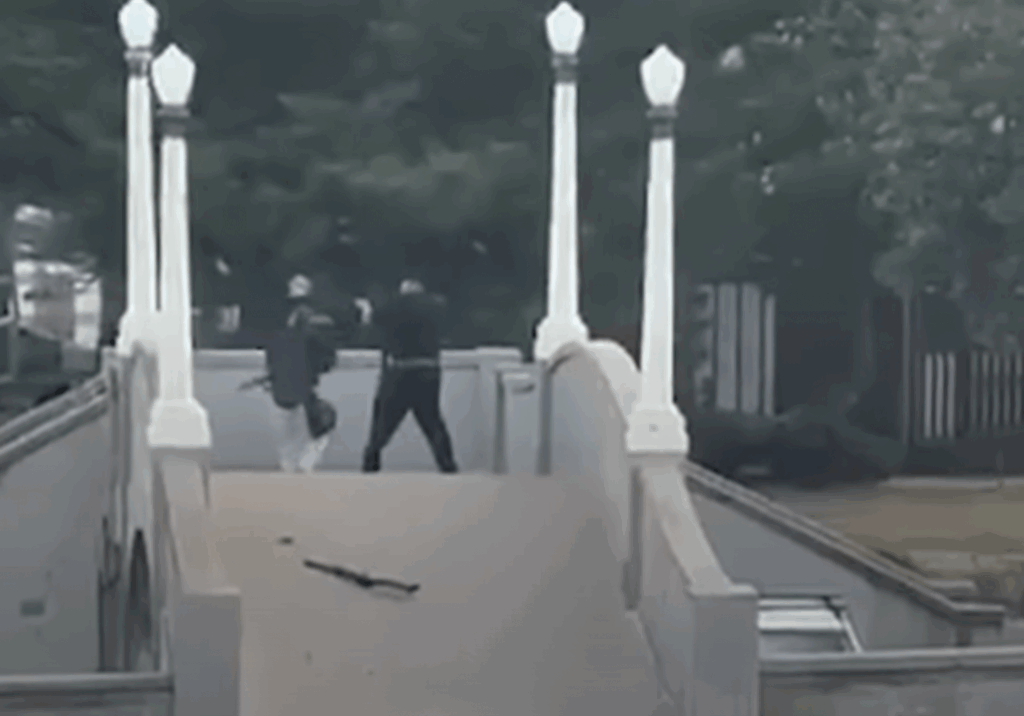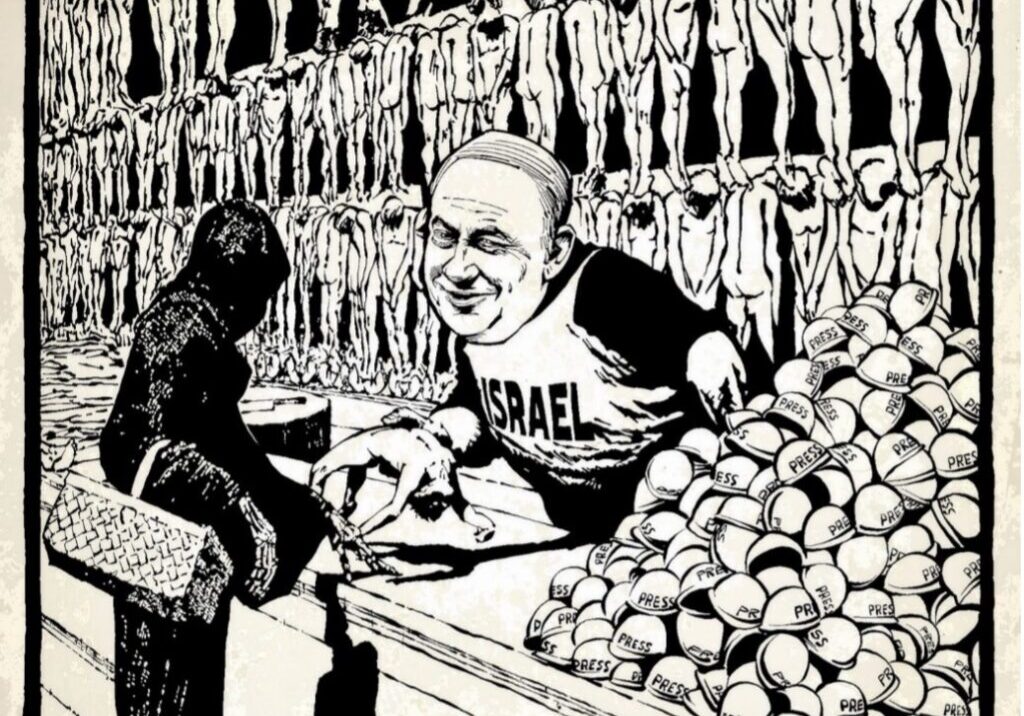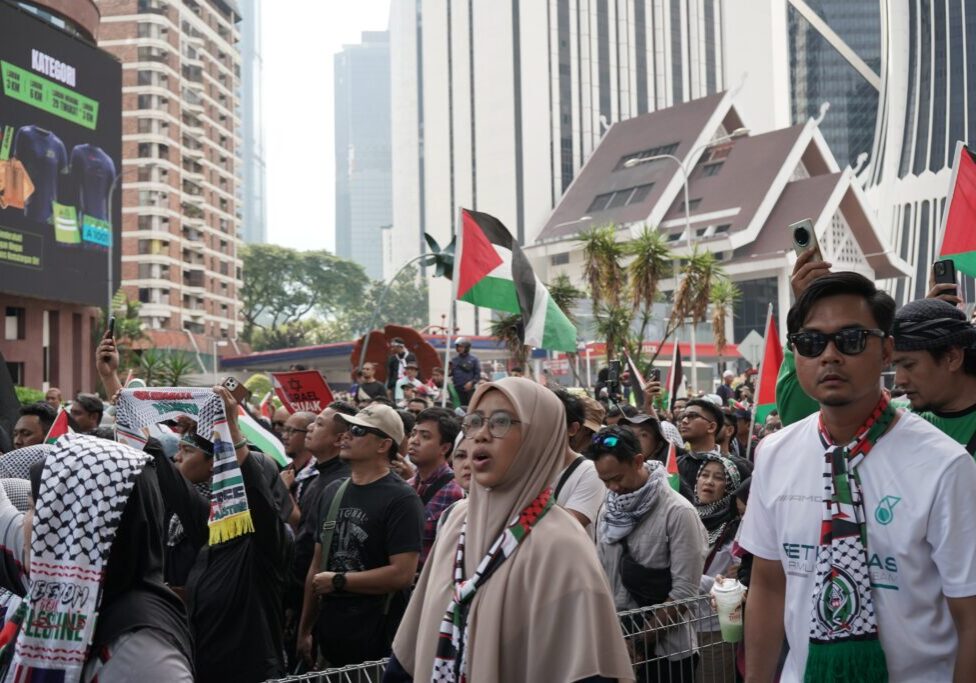Australia/Israel Review
Biblio File: Eyewitness with Empathy and Insight
Jul 6, 2018 | Michael Stephens

Days of the Fall: A Reporter’s Journey in the Syria and Iraq Wars
by Jonathan Spyer, Routledge, 204 pp., A$86.99
An eye-witness to some of the most violent episodes in the recent history of both Iraq and Syria, Jonathan Spyer has written an intensely personal, and readable account of the most turbulent period in Middle East history since the collapse of the Ottoman Empire. Days of the Fall is the merger of a reporter’s thoughts and observations, melded with the calculations of a deeply insightful political analyst. The result is an unusual blend of colour and thought-provoking analysis that is an important addition to the existing literature on both the war in Syria and the rise of the Islamic State in Iraq and Syria (ISIS).
Spyer’s journeys across Iraq and Syria map the emergence of a number of key non-state actors onto the international stage, many of whom were catapulted to importance purely as a result of their struggles against ISIS. ISIS’s emergence in Syria, and its sweep across Iraq in 2014 mobilised a plethora of international states to fight it. Yet as important as the forces of ‘The Global Coalition against Daesh [ISIS]’ have been in degrading and destroying ISIS, the need for reliable partners on the ground has always been the most critical component of taking and holding territory.
Too often there is a tendency to condense these groups down to their utility as anti-ISIS fighters, and to relegate the soldiers and human beings serving within their ranks to secondary status. It is the human story of both Syria and Iraq that is most tragic, with millions of people caught up in the mundane day-to-day drudgery of war.
The author’s most skilful touch is to meld the human stories into the relevant geopolitical developments swirling overhead. In the process, Days of the Fall sheds light on the granular drivers of conflict in both Syria and Iraq, but never loses sight of the larger forces at play.
Accompanying these colourful pictures are Spyer’s own thoughts and considerations, often expressed in a chopped up syntax which lends punchy feel to work, allowing for large amounts of useful detail to be consumed at a faster pace than might otherwise be possible with a more traditional tome.
Another unusual characteristic is the inclusion of Spyer’s own experiences as a soldier, which give him an empathy for the various soldiers, volunteers and conscripts that he encounters along his travels.
Spyer documents the trajectory of the Syrian civil war from its initial hopeful stages to descent into an increasingly disorganised miasma of competing militias and political objectives. Asserting that the revolutionary moment was lost by 2013 instils in today’s reader a sense of futility and the utter lack of ability of Western policy makers to adapt to the deteriorating conditions on the ground.
The central pillar of the book juxtaposes the increasing fortunes of Syria’s Kurdish population with the increasing misfortune of the anti-Assad rebellion. Long a forgotten segment of society, disenfranchised and impoverished, the Kurdish emergence in Syria as an actor with political and military efficacy is one of the most important developments of the conflict.
The author’s initial visit to the nascent Kurdish autonomous zone in 2013, and his subsequent return to it in 2014 and again in winter 2015, by then transformed into the Kurdish administrative zone called Rojava, allow the reader to compare and contrast the state building project of the Kurds with the increasingly failed and fragmenting national-secular project of the Syrian opposition.
Cursory observations provide the reader with a sense of how the Kurds took advantage of the revolution to rapidly implement their socio-political project. Small details, such as the more polished appearance of the uniforms, the proliferation of more structured security checkpoints, and the emergence of a more professional approach to governance among the Syrian Kurds all point to their increasing efficacy as actors in charge of their own destiny.
The author’s interaction with a number of foreign volunteers also sheds light on the Kurds’ attempt to internationalise their struggle. The underreported story of Western volunteers drawn to the Kurdish cause is as much a topic for enquiry as that of Westerners joining ISIS, particularly given that many now face legal problems in their various countries of origin. There is, to date, little understanding of why and how these volunteers made their way to Syria, but Days of the Fall provides some daylight into a little understood world. Given the current state of instability and state fragility in the Middle East this phenomenon is all but set to continue, meaning that Days of the Fall is a particularly valuable contribution to the available literature.
In contrast to the collapse of the Syrian state, the chaos that beset the Iraqi polity was far more dramatic, and indeed severe; more the implosion of a political order, than a civil war which took months to emerge. The Kurdish Peshmerga and volunteers of the Popular Mobilisation Forces (PMF) who rushed to defend their towns and cities as the Iraqi state collapsed around them did so to protect their very existence rather than promote any notion of regime change. As such the experiences with these actors as recounted by the author carry a different tone.
These are people on a mission of deliverance; for the Kurds to protect their lands against the historic Arab invader, and for the (mainly Shia) PMF, a divinely imbued mission to retake control of their country. Yet for all their purpose, the lack of organisation and precision in contrast to the developing project of the Syrian Kurds is evident, and reminiscent of the author’s earlier experiences with the disorganised body of militias operating in Syria.
The benefit of hindsight should not colour these observations. With ISIS now defeated it might seem that the success of the PMF and the Peshmerga was inevitable, that the Assad regime would remain in power, backed by his Russian and Iranian friends. However, this was not always the case, and students of state institutions and political order in the Middle East would do well to read the insights contained within Days of the Fall. In particular to remind themselves of how perilously close both Iraq and Syria came to total collapse.
Both Iraq and Syria have re-emerged from the ‘Fall,’ battered and bruised, but unbroken. But if either nation is to return to stability and prosperity then returning to business as usual for many of its inhabitants will be impossible. The hopes and dreams of the many people documented in Days of the Fall serve as an important reminder that it is the Syrians and Iraqis themselves who must determine their own future, and not outside powers or distanced local elites. There are more pages of their story left to write.
Michael Stephens is the Research Fellow for Middle East Studies at the Royal United Services Institute for Defence and Security Studies (RUSI) and head of RUSI Qatar. Reprinted from Fathom Magazine (fathomjournal.org). © Fathom, reprinted by permission, all rights reserved.
Tags: Iraq, Islamic Extremism, Syria






